Birds A - M
 Great tits are among the most common species in the Pleasaunce, easly recognisable by their yellow bodies and black hooded faces. Their call is also easy to distinguish, often described as the bird saying 'teacher-teacher'
Great tits are among the most common species in the Pleasaunce, easly recognisable by their yellow bodies and black hooded faces. Their call is also easy to distinguish, often described as the bird saying 'teacher-teacher'
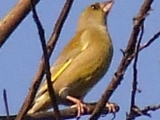 The bright plumage of the greenfinch brings a pleasing touch of colour to suburban gardens and they often flock in the Pleasaunce in their tens on winter afternoons.Sunflower seeds and peanuts attract them most. Their flight is often erratic and bounding.
The bright plumage of the greenfinch brings a pleasing touch of colour to suburban gardens and they often flock in the Pleasaunce in their tens on winter afternoons.Sunflower seeds and peanuts attract them most. Their flight is often erratic and bounding.
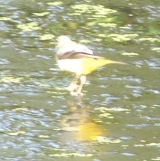
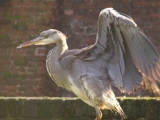 The heron is normally a shy bird by the river, lake or sea shore, only occasionally foraging elsewhere for fish in garden ponds. The Pleasaunce has been privileged to have one visible at close quarters in recent months, enjoying tasty snacks from the Moat.
The heron is normally a shy bird by the river, lake or sea shore, only occasionally foraging elsewhere for fish in garden ponds. The Pleasaunce has been privileged to have one visible at close quarters in recent months, enjoying tasty snacks from the Moat.
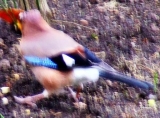 The jays are related to crows but are much more difficult to see. They are shy woodland birds, rarely moving far from cover but can be seen in the Pleasaunce on occasions in the woodland glen or in the woody area at the far side of the putting green.
The jays are related to crows but are much more difficult to see. They are shy woodland birds, rarely moving far from cover but can be seen in the Pleasaunce on occasions in the woodland glen or in the woody area at the far side of the putting green.
Jays are famous for their acorn feeding habits and in the autumn you may see them burying acorns for retrieving later in the winter.
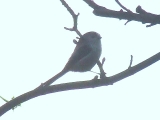 In the Pleasaunce, the long-tailed tits are often seen in groups of up to six, flitting from tree to tree.The distinctive feature is, of course, its long tail.
In the Pleasaunce, the long-tailed tits are often seen in groups of up to six, flitting from tree to tree.The distinctive feature is, of course, its long tail.
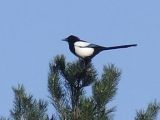 The vivid black and white chattering magpie is one of the most distinctive garden birds, disliked by many for its liking of the eggs and chicks of small songbirds.
The vivid black and white chattering magpie is one of the most distinctive garden birds, disliked by many for its liking of the eggs and chicks of small songbirds.
 The mallard is the Pleasaunce's most numerous duck, the make in spendid vivid colours of greens, blues and browns and tyhe females the mottled grey/brown. Have you noticed the male has yellow beak and the female's is organge? Also, it's only the females which 'quack' and the males sound is some
The mallard is the Pleasaunce's most numerous duck, the make in spendid vivid colours of greens, blues and browns and tyhe females the mottled grey/brown. Have you noticed the male has yellow beak and the female's is organge? Also, it's only the females which 'quack' and the males sound is some
thing like ‘crrib’?
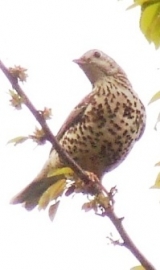 Song thrushes and mistle thrushes are difficult to tell apart. The song thrush is the more numerous. The thrushes in the Pleasaunce are probably mistle thrushes, told by the white under their wings and also the early emergence of the chick this year.
Song thrushes and mistle thrushes are difficult to tell apart. The song thrush is the more numerous. The thrushes in the Pleasaunce are probably mistle thrushes, told by the white under their wings and also the early emergence of the chick this year.
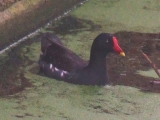 The Pleasaunce has two families of moorhen in the Moat, both extremely territorial. Both raised young last year.
The Pleasaunce has two families of moorhen in the Moat, both extremely territorial. Both raised young last year.
|
| Last Updated: 1st-Jan-2007 13:27 |
 Print Print |
|
|
|
|
|
|
Subscribe to newsletter
|
 |
|
|
|
|
|
|